The latest aircraft to release into early access for DCS World is Aerges’ DCS: Mirage F1. I’ve put several hours into the DCS: Mirage F1 at this point and I’m ready to provide a review so that I can help answer many of your questions surrounding if this is a module that you want to buy. I’ve been trying out many of the weapons, the systems, landing it (sometimes badly) and generally attempting to see what this is all about. It’s enough to provide an early access review of what we have and then have a look at what’s next!
What we’ve got

The Mirage F1, designed by Dassault, is a French built fighter and fighter-bomber. Designed in the late 1960s and introduced in the mid 1970s, the Mirage F1 proved to be a tremendous success for Dassault as the company and the French government were able to offer the jet in a variety of configurations to a large selection of customers.
Aerges has based this DCS version on the Spanish export version of the Mirage F1CE (C for interceptor, E for Spain/España). Although it is specifically a Spanish version, this jet is extremely similar to many of the other F1C models out there including the French version. We’re expecting three more variants at a later date, however, for today nearly everything I’m commenting about is about the F1CE.
With over 700 built and an export market that ranged across a wide range of countries. There were so many F1s out there that there were instances where the F1 would end up being used on both sides of the conflict. France’s Desert Storm deployment saw that country’s air force temporary pull back their reconnaissance F1 force over concerns that their jets would be confused with Iraqi F1s operating in the interceptor role. It’s fought in a number of conflicts before and since and despite gradually being retired by many nations, the F1 still is flying in the aggressor role with companies like Draken International.
The Mirage F1 has some impressive specifications. It’s SNECMA Atar 9K-50 turbojet can produce 11,020 lb/f of thrust dry and 15,900 lb/f with the afterburner engaged. The type has a maximum speed of Mach 2.2, a ceiling of 66,000 feet and a combat range of 229 nautical miles with an extended ferry range of 1,800 nautical miles. The CE version we have does not have a probe for aerial refuelling but the forthcoming EE and M versions will.
When it comes to weapons, Aerges have ensured that we have a good mix of options. Spain used AIM-9 Sidewinders for its wingtip F1 armament but we also have the option to fit the Matra R550 Magic I for the wingtips. The wing pylons and centerline pylon can also be equipped with the bulky yet powerful R530 in both IR and radar (EM) configurations. There’s also the ability to carry bombs, SNEB 68mm rockets in Matra rocket pods, and there are two DEFA 553 30mm cannons with 150 rounds per gun to help round out the weapons. Even the laser guided GBU-10, 12 and 16 is on the list although the aircraft cannot self lase.
In short this is an interceptor first but even this CE version which is perhaps the most limited of the bunch has a wide enough array of capabilities that it could satisfy any type of pilot ranging from those wanting to dogfight to the medium range striker.
Flying it




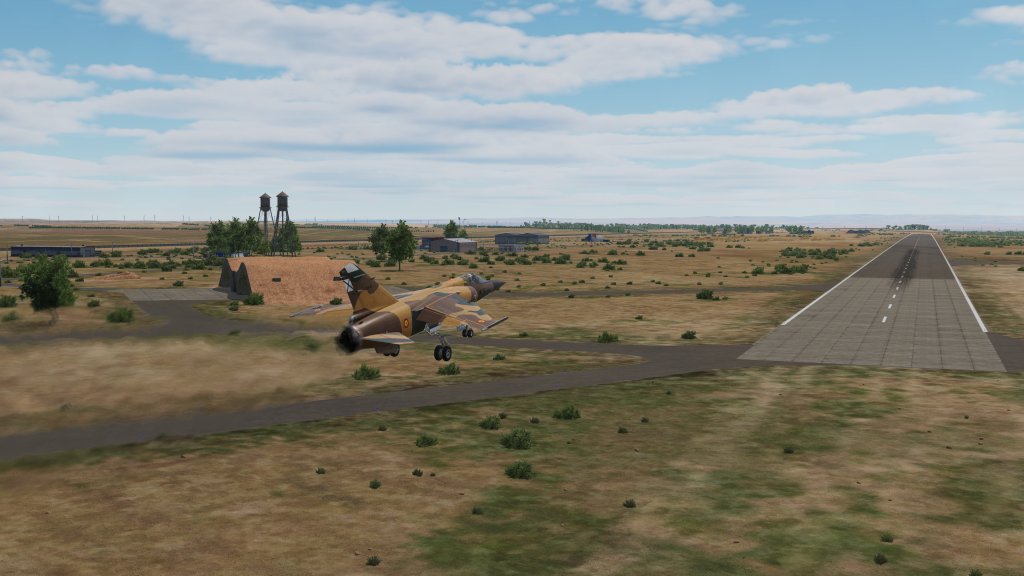

On the ground the F1 is reasonably easy to taxi, however, I have had to spend a bit of time getting my axis curves right on the rudder and brakes to ensure that I taxi it smoothly. It gets a bit wobbly if you overdo it and so taxiing does need to be a patient thing that you do with care lest you tip the airplane.
On the runway its recommended that you turn off the high-gain nosewheel steering. It takes a few seconds for the engine to fully throttle up and there’s a notable delay as the afterburner finally kicks in. Only then does the jet really begin to accelerate after which things happen quickly and smoothly. Takeoff is done with full flaps and, once a minimum speed is reached, back pressure on the stick allows the nose to lift off. Here you hold that attitude as the jet flies itself off the runway. Its relatively low drama for a jet of its era.
Once cleaned up and into the air the F1 flies beautifully. Coordination is relatively straightforward and the jet seems to behave well on all axis in basic flight configuration. It feels more like the Viggen or F-14 than it feels like the MiG-21 as relative stability and asymmetric yaw is modest.




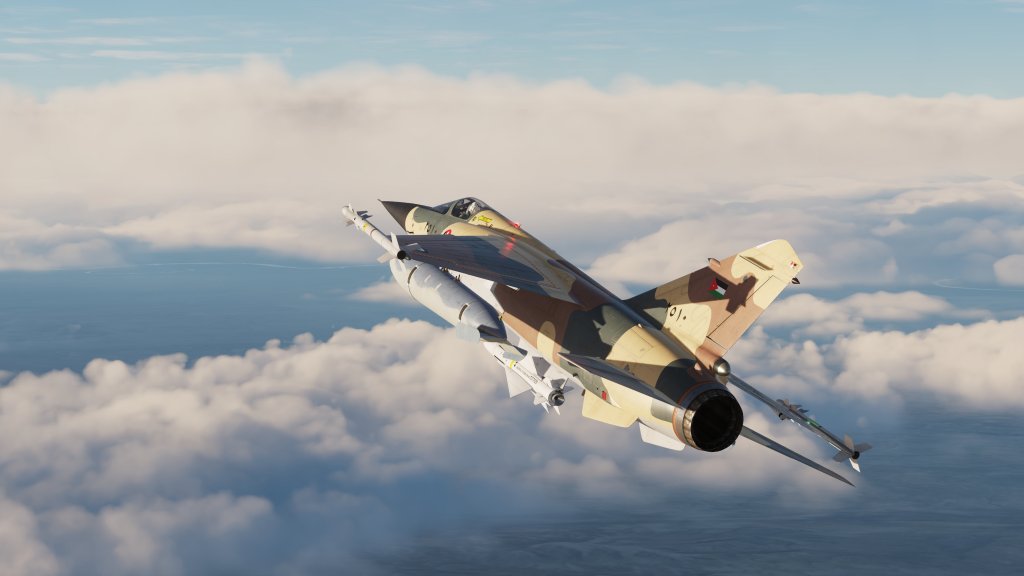
That said, carry a heavy load or over-control the jet and things can go wrong and they can sometimes go wrong fast. Aerges have ensured that an overload will damage the airplane and/or rip a wing off as has happened to me a couple of times while testing the limits. Heavy loadouts can make the roll rate a bit difficult to manage as I have over rolled the airplane a bit. Asymmetric loadouts can also be a real problem even with the wingtip missiles. The F1 may be relatively well behaved but it will bite you back if you fly it wrong. An appealing prospect for many flight simmers who want their simulated aircraft to present a challenge in flying it!
This is also more of a rate fighter where you really need to focus on the AoA indexer and manage both speed and elevator control as you enter and exit turns. Fortunately the F1 has a fantastic indexer that is right next to the gunsight.

There are a couple of small issues with the aircraft right now with the biggest among them being a few missing key assignments. An example being the intermediary combat flaps position. Aerges report that they are going to be working on this and improving the available control assignments over time – hopefully that doesn’t mean we need to rebind stuff.
Fighting it
The Mirage F1 fits into a great spot in the current DCS aircraft line-up. This CE model is firmly in the 1970s for capability and that sees it fit in extremely well with other modules like the MiG-21, F-5, AJS-37, and others. Cold War servers, already seeing a boost in recent times, will benefit from the added variety that this jet offers.
When it comes to capabilities, the F1 is relatively luxurious if you’re coming from the MiG-21 and it overall offers a wider range of capabilities than most of the other types available.
Let’s talk air to air first and talk about its mix of short range weapons. These range from the primitive AIM-9B through to the Magic I and the AIM-9JULI. The later in that list is an all aspect AIM-9 upgrade variant and is the best option on the table for the F1. Without the JULI upgrade, the F1’s IR missiles are mostly rear aspect only missiles and these give it similar capabilities to what the F-5 and MiG-21 have with their short range heaters. The Magic I is quite good in close with superb maneuverability. Nearly all of these IR seekerheads are defeated, sometimes easily, by flares. Careful employment helps and catching the enemy unawares is even more useful.
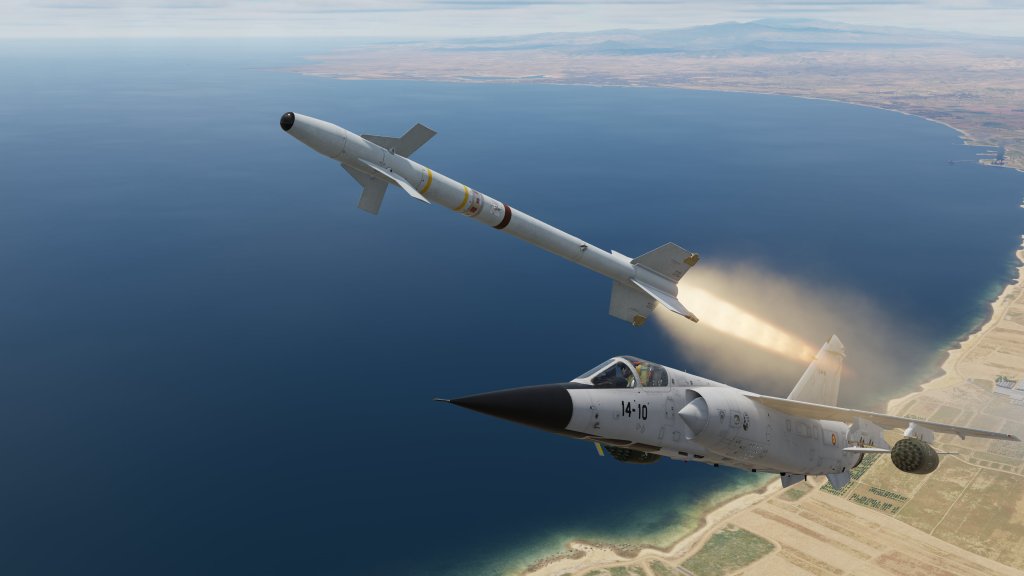

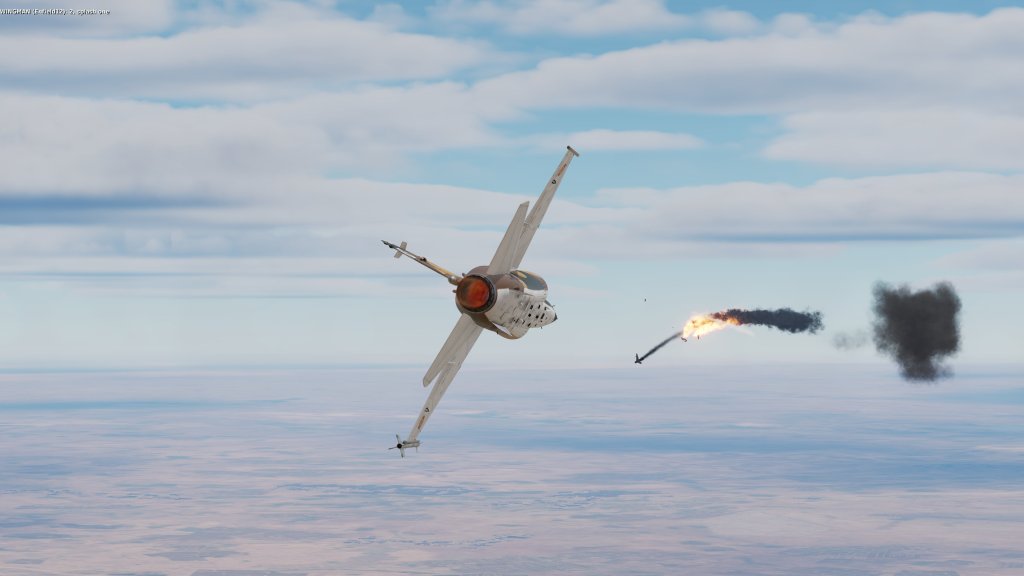
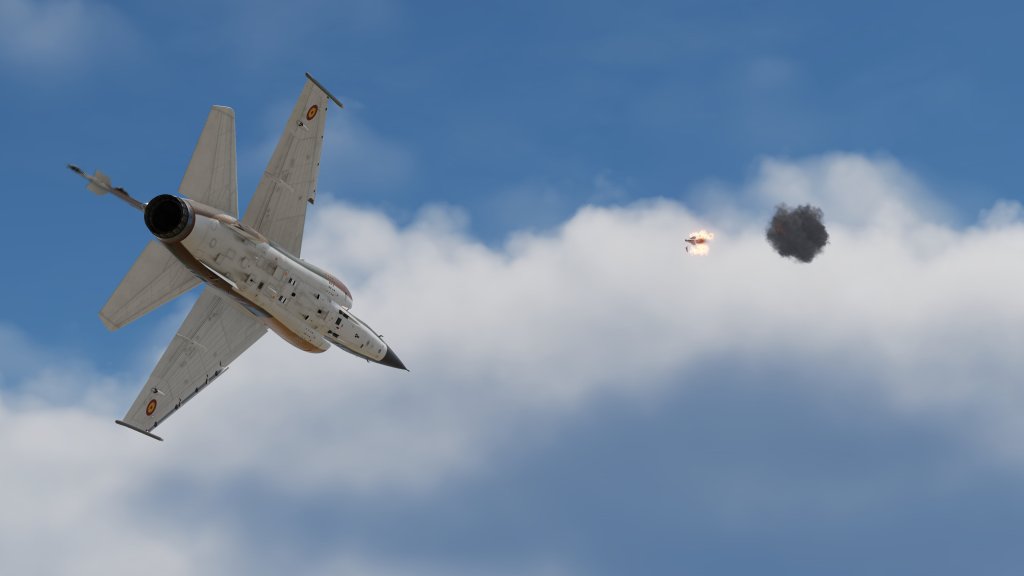
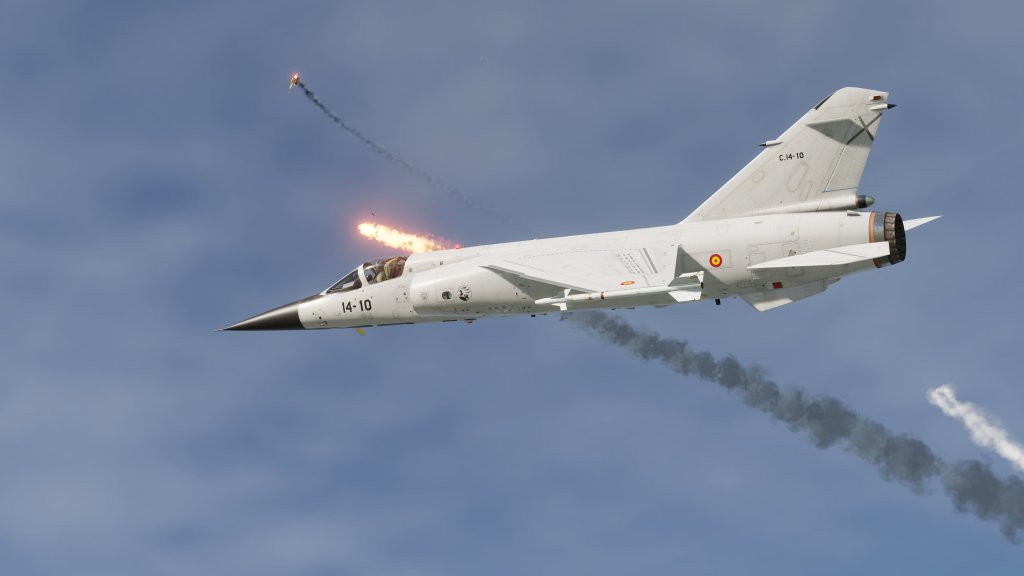
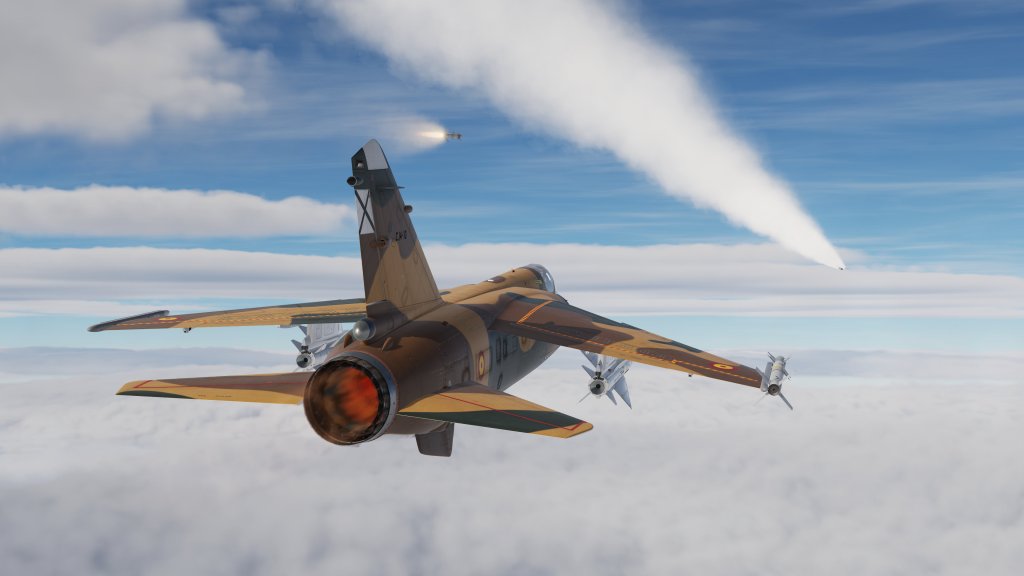
The DEFA 30mm is a legendary weapon and although the 150 rounds per gun evaporate rather quickly, its not unlike some of the other aircraft of the era. Good aim using the gyro stabilized pipper will help you get rounds on target. There is no sophisticated radar aim assist here so you’ll need to aim this yourself and that can be a challenge as overdoing the controls can put you further from the target than closer. Careful control in the heat of battle is a necessity for the best results!
The F1 has a limited BVR capability although this is stretching the BVR claim a bit. The R530 has both IR and semi-active radar homing versions. It’s a big missile and although it has a Mach 4 top speed, it is a weapon best suited to larger aircraft like bombers and reconnaissance aircraft. I’ve struggled to make it connect with a maneuvring fighter though it is certainly possible. This capability will be enhanced somewhat with the Super 530 introduction sometime later in early access. The range on the R530? About 3nm in a tail chase and around 8-10nm head-on. Like I said… BVR but only just.
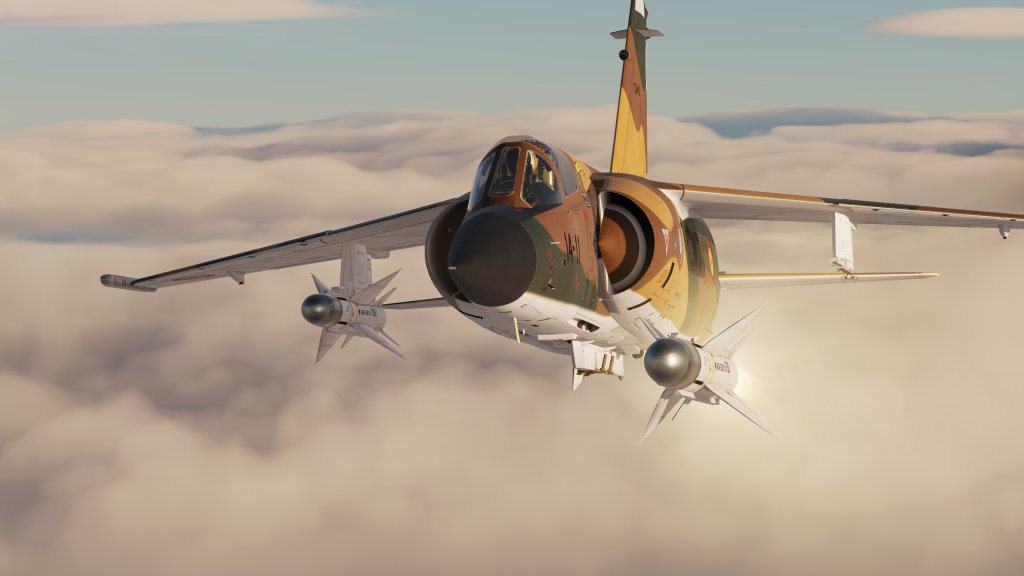



I can see the F1 being used with just the wingtip heaters and a couple of fuel tanks in the air superiority role with the R530s being very much an optional loadout when the situation calls for it.
For ground attack, the F1 has a great selection of options. Rocket pods and bombs are the most common weapon I’ve used. I have not yet used the GBU series laser guided bombs as the type needs lasing from another aircraft or JTAC on the ground. There’s also the BLG-66 “Belouga” cluster munition dispenser and the Durandal anti-runway bomb which is tremendous fun if a bit specific in its usage.
There are no complicated targeting pods or anything like that here. Bomb tables are needed, just like with the F-5 and MiG-21, to get an accurate bomb drop. Or you can be lazy like me and use the TLAR (that looks about right) method by going into a dive and placing the target roughly on the 30 degree mark in the jet and then just rippling off enough bombs to make it count. Works well enough against a larger target.

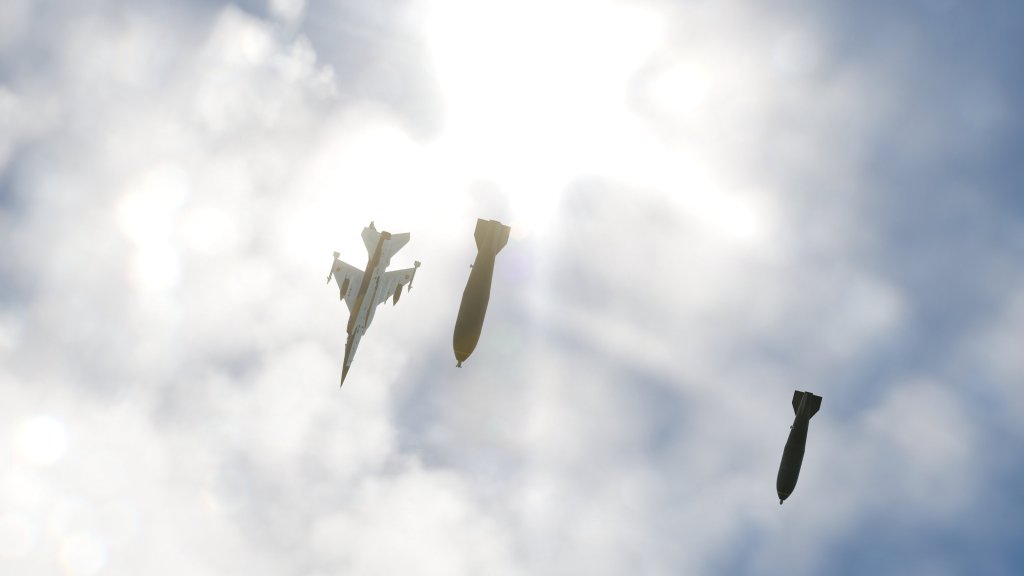

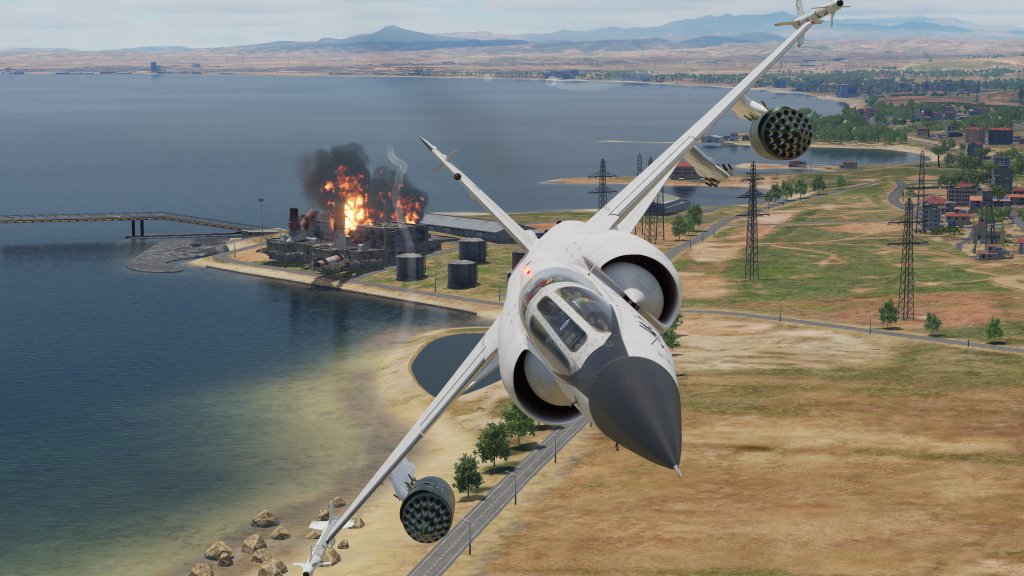

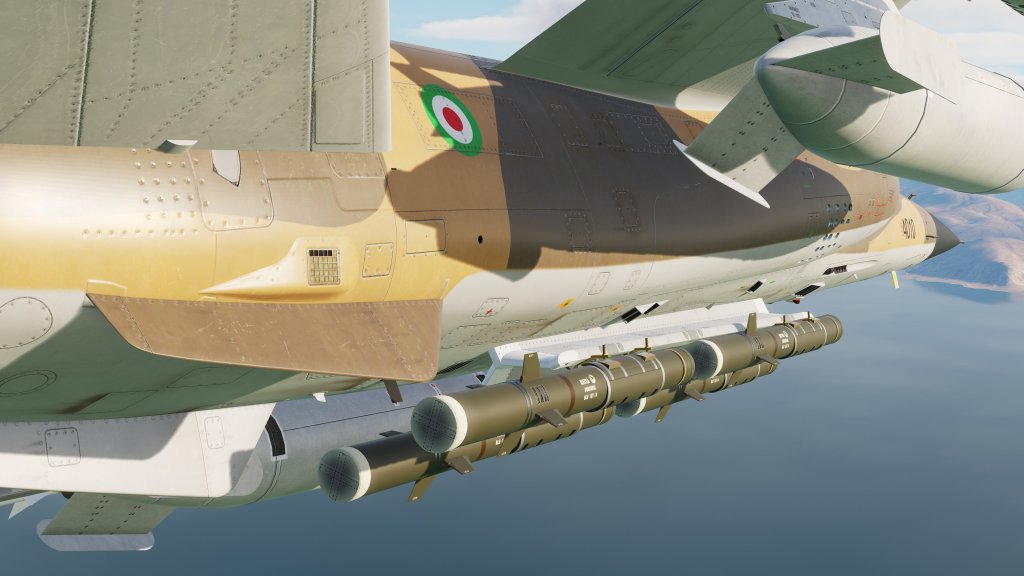

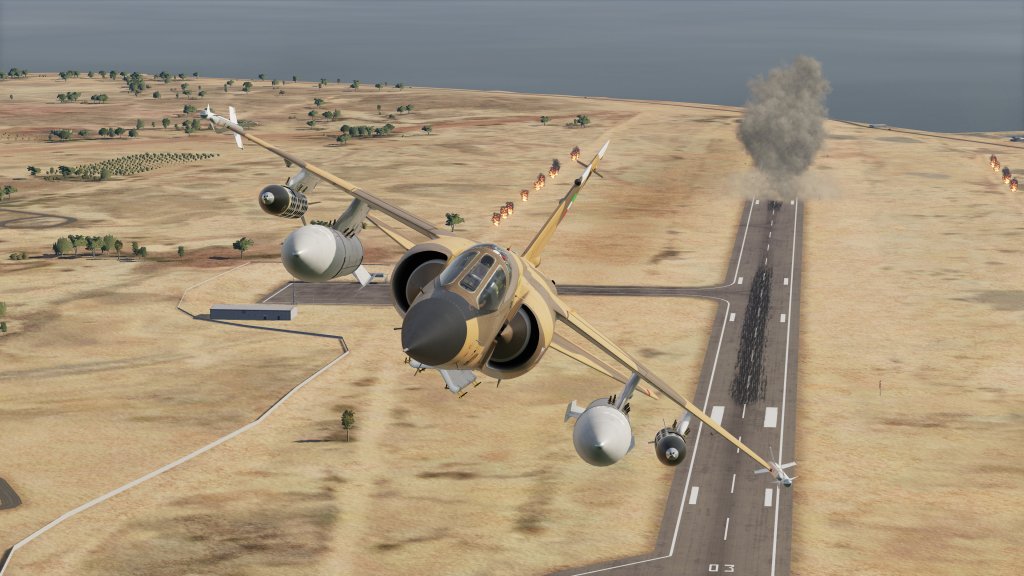

This jet does have a radar and it comes with both air to air and air to ground modes. Right now only a few of the available modes are modeled and Aerges intends to model the rest over time. That said, what’s available right now is more than adequate with the appropriate air intercept and close combat modes as well as the ground mapping which is very useful in a low visibility situation.
The F1 also packs a relatively good RWR for the time and both chaff and flare dispensers which can be configured with small numbers of both or all flare or all chaff configurations.
The jury is still out when it comes to F1 versus F-5, Viggen and MiG-21bis (all relatively contemporary DCS World matchups), however, it appears to slot in nicely among all of them. If you worry about the meta of a competitive multiplayer server, the F1 appears to add flavour to the mix rather than overpowering anything.
Looks, sounds, etc.
I’ve mostly been talking about the experience of the F1 so far. I also want to talk about the art and sound too.
AvioDev, the former name of the Aerges team, previously created the C-101 for DCS World. They still update it and have provided support and ever improving fidelity to that model since its launch several years ago. That continued effort gave me a lot of confidence in what Aerges had planned with the F1 and the confidence in their ability to deliver has not been misplaced. Although the C-101 launched with some rough edges in how it looked and sounded, the F1 is a far better product right from the start.
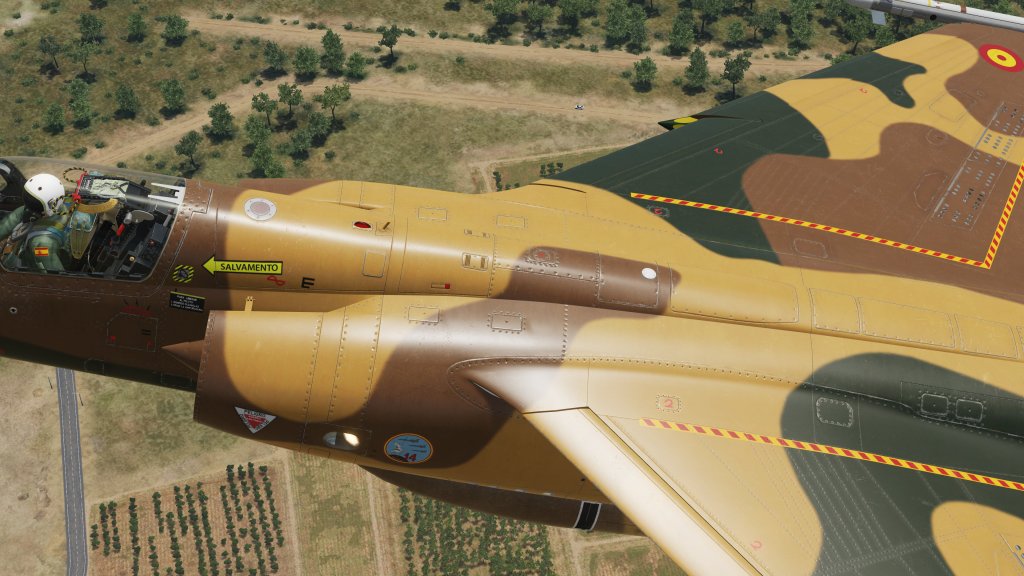

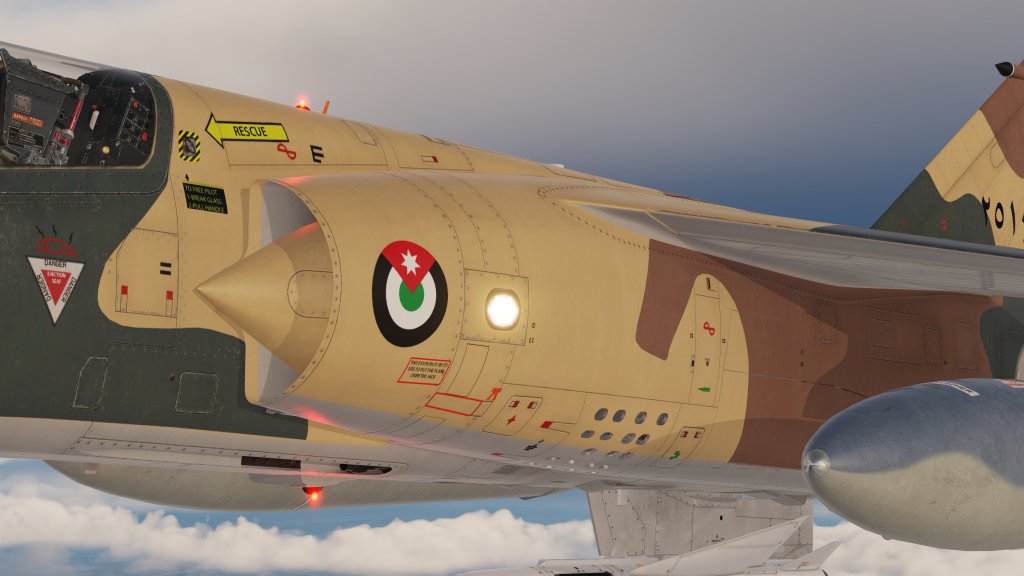
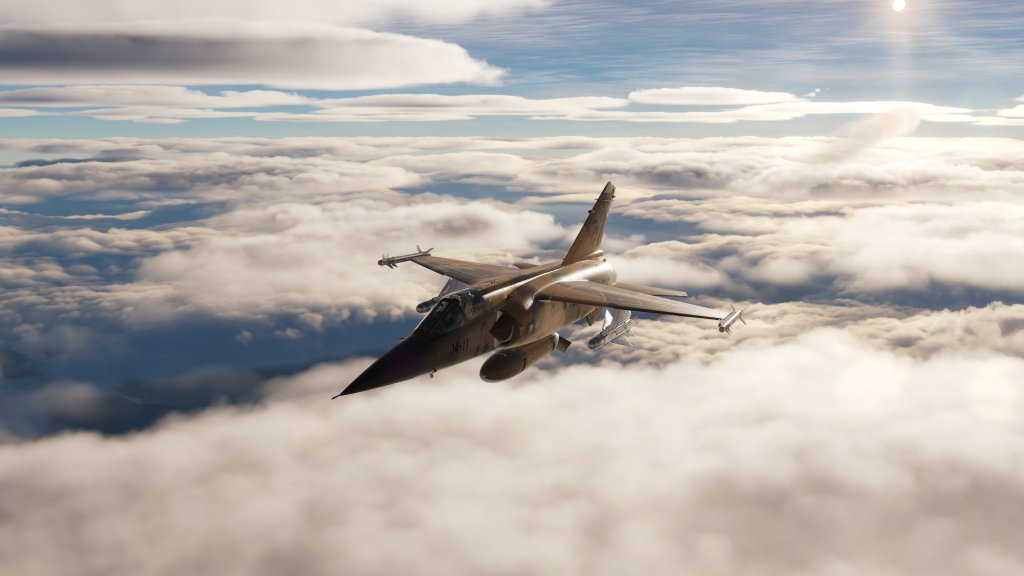
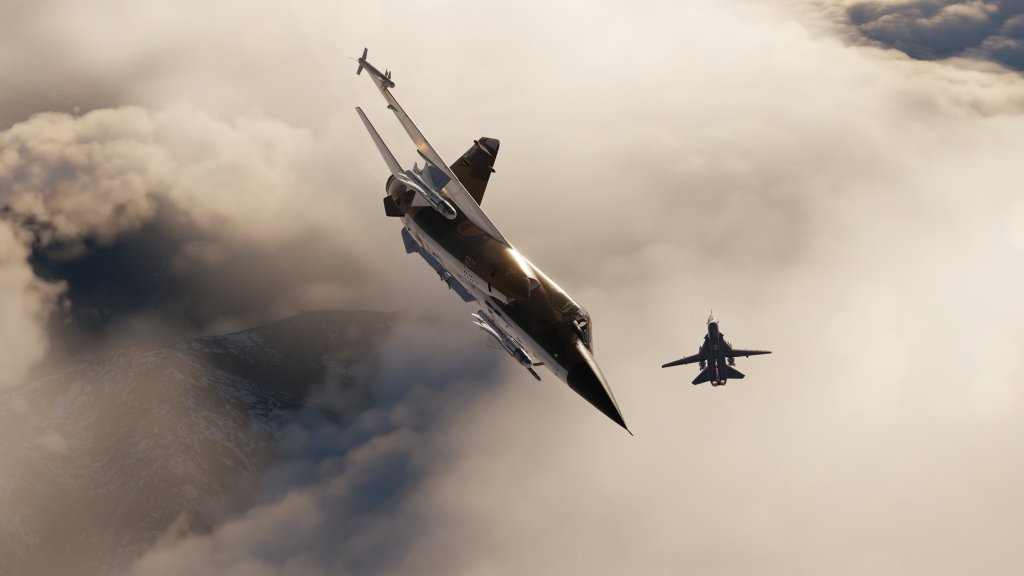
The textures are sharp, crisp, and dirty when they need to be. Some additional work on the “roughmet” to give it a slightly rougher appearance in places might be warranted but it is otherwise a work of art. The cockpit textures are very good although some have remarked that they are a little dark and there are times where it is difficult to see. This is apparently made worse in VR.
There is an impressive range of available liveries with airforce specific options as well as some suitable generics that could be applied to any scenario. Even the Draken International scheme (modern day aggressor company using the F1) is represented here.
Inside and out, there’s an absolutely impressive attention to detail throughout. Every texture, knob, dial and detail I’ve looked at has been excellent. It’s in the same ballpark as the work that Eagle Dynamics and Heatblur have done with their modules or the more recent efforts by RAZBAM’s artists. Clearly each of them have been paying attention to each other and this informal competition has resulted in beautiful aircraft for the series. The F1 fits right in among the best in the business!
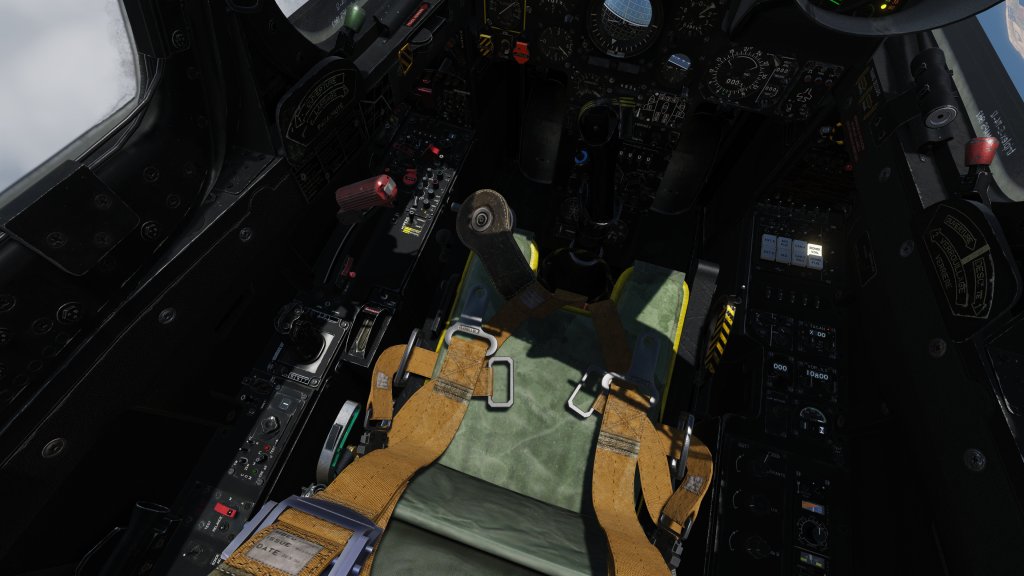

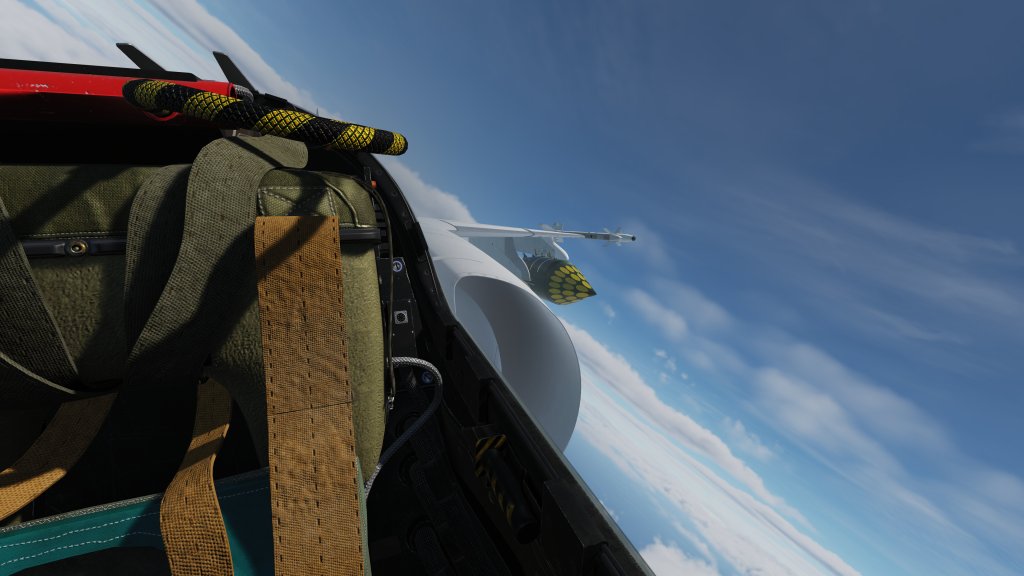


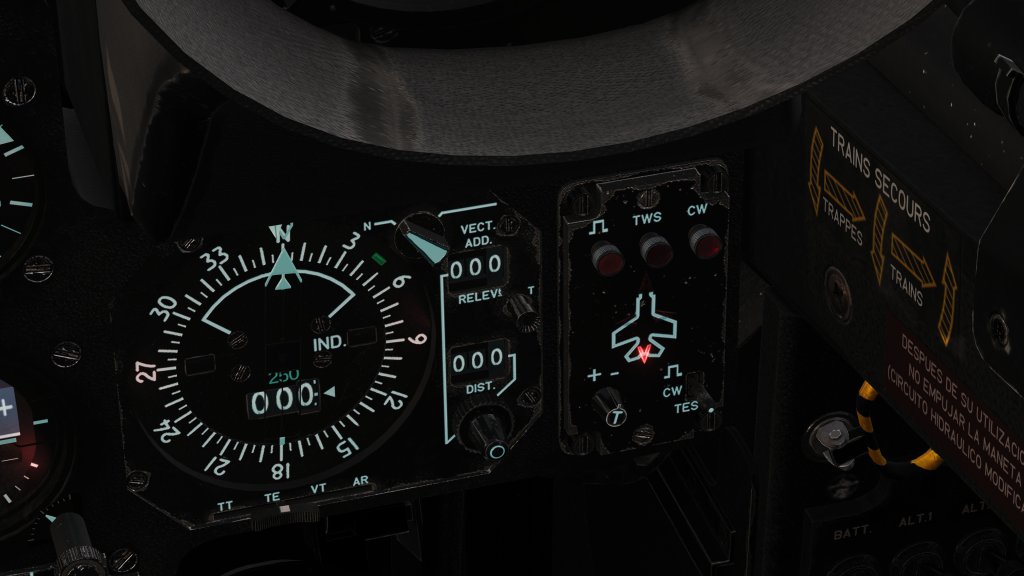
Sounds are similarly well done with the developer reporting that their sound work was done with a real jet. Although I’ve never heard an F1 fly in real life, going by the recordings I can find, this DCS module seems to have the right noises with the appropriate levels of screeching and rumbling that you’d expect from such a jet. Fly by sounds are great, engine rumble is great, it’s just superb.
The usual DCS sounds for weapons and guns are on display here. No issue with that. The F1 does appear to borrow the RWR sounds from the F-15 and A-10 right now and the word I have heard is that these are temporary until more realistic renditions can be synthesized. It’s still very functional.
If there was room for improvement, a bit more of a rumble over some of the runway might be warranted but that’s firmly in the category of a nitpick.
Three more variants to come
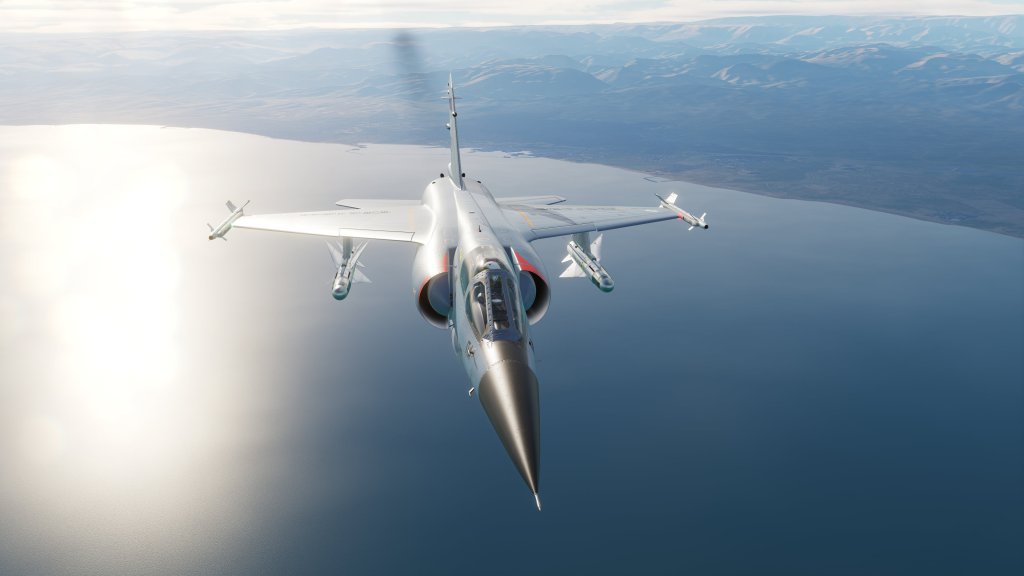
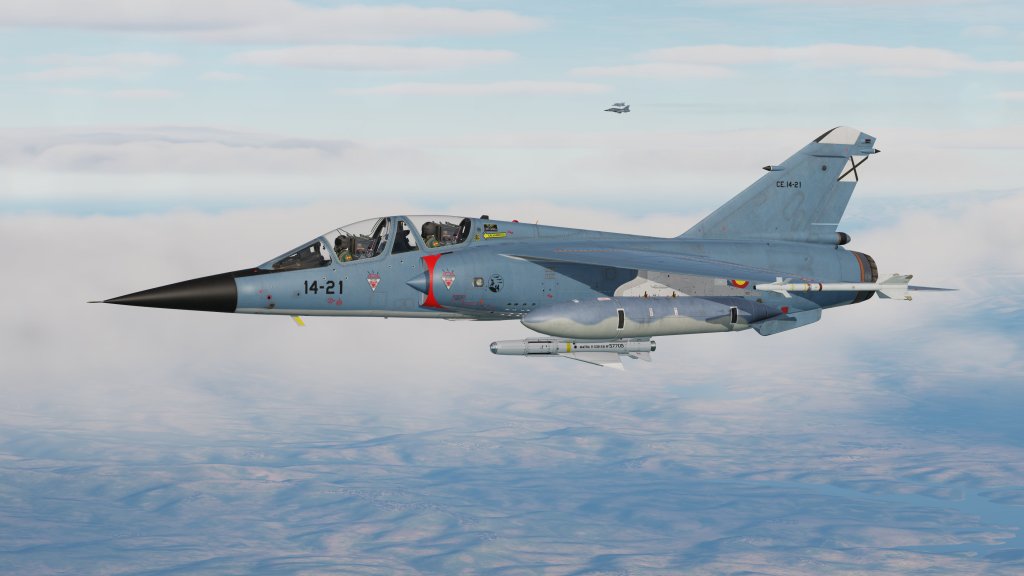
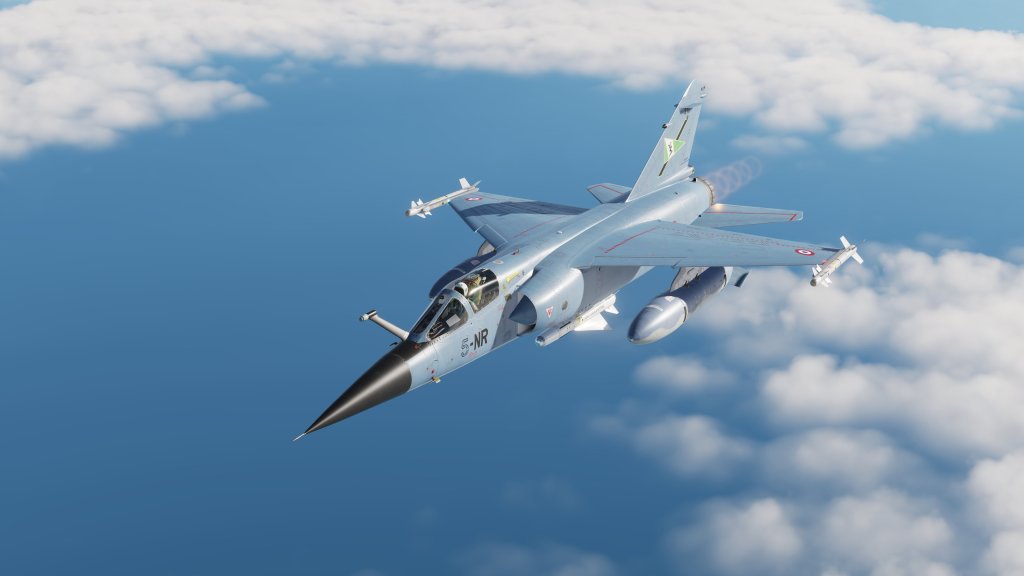
The F1CE is the only flyable version of the F1 right now but Aerges plan to incorporate some additional versions as well.
The F1EE is an all-weather fighter bomber with some additional features such as an INS navigation system. The F1BE is a two-seater that Aerges intend to bring their two seat C-101 experience over to the F1. That should make the F1 into a rare thing in DCS with both a single and dual seat option potentially leading to it being a top choice for those looking to offer training. This version retains its combat capabilities so it will be a potential boon in multiplayer too.
Finally, Aerges are intending to offer us the F1M. The M version was a modernization that the Spanish airforce undertook. Digital displays in the cockpit, a NATO mode 4 IFF system, and better navigation systems are among the features. The M will undoubtedly be more useful in some of the more modern scenarios with it more comfortably operating alongside F-16s, M-2000Cs and other jets in that era.
I’ve already mentioned that about a dozen different national variants are available in the mission builder for AI-only situations. It’s a really boon for mission makers and a very impressive move by Aerges to include in the mix.
The M-2000C factor


A few have questioned why they would buy the Mirage F1 when they already have the Mirage 2000C from RAZBAM. There are a few reasons I can think of.
First, if your only interest is based on the available firepower and capability of an aircraft, the M2000C largely equals or bests the F1 in most categories. Its fly-by-wire system and superior avionics give it far more capability than the current F1CE we have available. I suspect even the F1M’s upgraded avionics will not quite match all of the capabilities of the M2000C.
But there are other reasons to like the F1 ranging from the unique airframe, to the wide variety of export countries that flew it, to the massive number of historical scenarios that if its into. The Mirage F1 has already made a mark on community servers like Engima’s Cold War server which has put the F1 onto their Redfor side adding more variety to an already interesting scenario.
At the end of the day, its all about the experience. Quitely simply, the Mirage F1 offers a different experience than the Mirage 2000C does. Both share an obvious family line and there are systems, switches and buttons that are familiar but there are many others that are not. Both are excellent modules and both offer compelling reasons to fly them. Having one doesn’t make the other irrelevant. The experience is what it’s all about!
Final thoughts
Aerges have come out with a seriously impressive early access release of the DCS: Mirage F1. Unburdened by some of the less than impressive early access launches of yesteryear, the Mirage F1 comes with a full range of features with deep system modeling and an ample array of munitions right from the start. This together with a very successful advertising campaign in the lead-up to the module has lead to impressive interest in the community for a jet that was once a lesser known type in some quarters.
The introduction of the Mirage F1 is a boon for DCS World in so many different ways too. With the type’s storied history, it instantly gives us more ways to simulate those past conflicts or introduce hypothetical scenarios that feature this jet. I’ve seen people who don’t own the module posting screenshots and descriptions of scenarios where they were flying their preferred module and fighting against the F1. So, even if you don’t own it and don’t intend to own it, you’re still likely to come across Aerges excellent work and so everyone is all the better for it.
There’s also been the question of price. The F1 launches with a 20% discount (its still on right now but probably not for long) with its regular price set at $79.99 USD. This is the now standard price for new complex jet and helicopter modules. It matches the F-16C and AH-64D and comes in just $10 cheaper than Heatblur’s F-14. To Aerges credit, $79.99 USD does get you a very high fidelity jet fighter that will eventually grow to include three additional variants as well. The F1M in particular will be a significant addition with its significant avionics upgrade bringing it closer to generation 4 fighters. Factoring these elements in, I think its reasonably priced for what we see from other DCS modules in 2022. Admittedly, the full value will not be felt until Aerges delivers the rest of the content. On that point, its no different than any other early access module.
The bottom line with the DCS: Mirage F1 is this: this is a high quality module with none of the sometimes typical early access glitches. Aerges have turned their experience with the C-101, developed over many years, into this very impressive first release. With an already impressive and deeply modeled module on hand, they could have launched with this and called it a day. That they have an impressive plan to build it up with additional versions over time is all the better. It’s rare that a module launches with this much quality and capability right from the get-go but Aerges have delivered on it with very few if any drawbacks. If you like Cold War era jet fighters and want one that can pretty much do it all with minimal fuss, the DCS: Mirage F1 is for you!
Screenshots







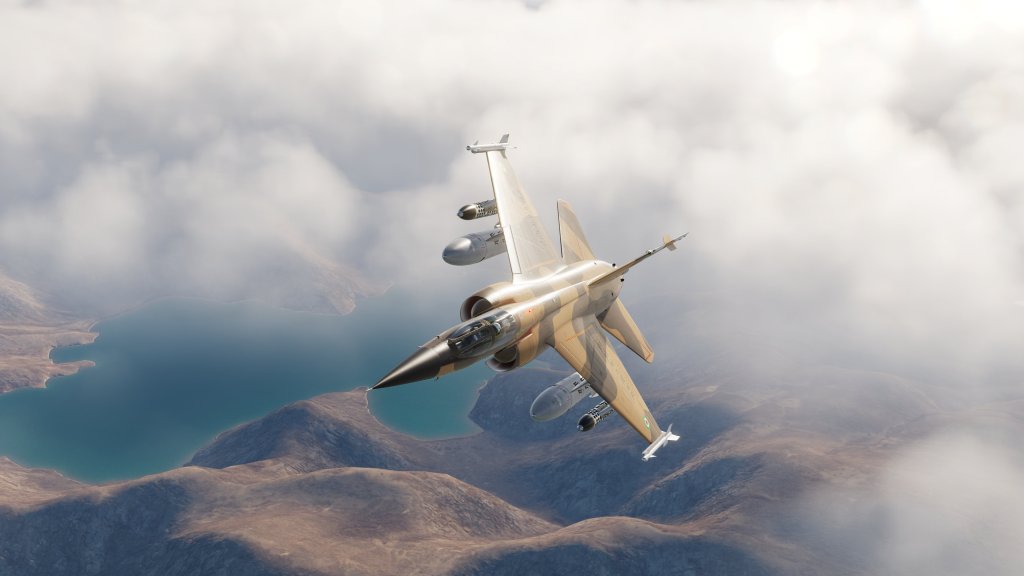







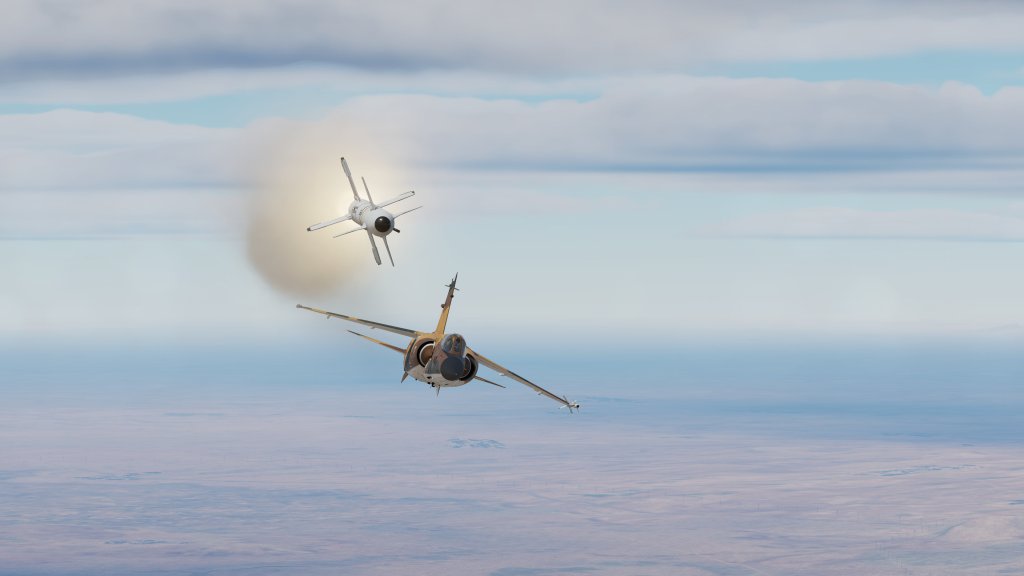
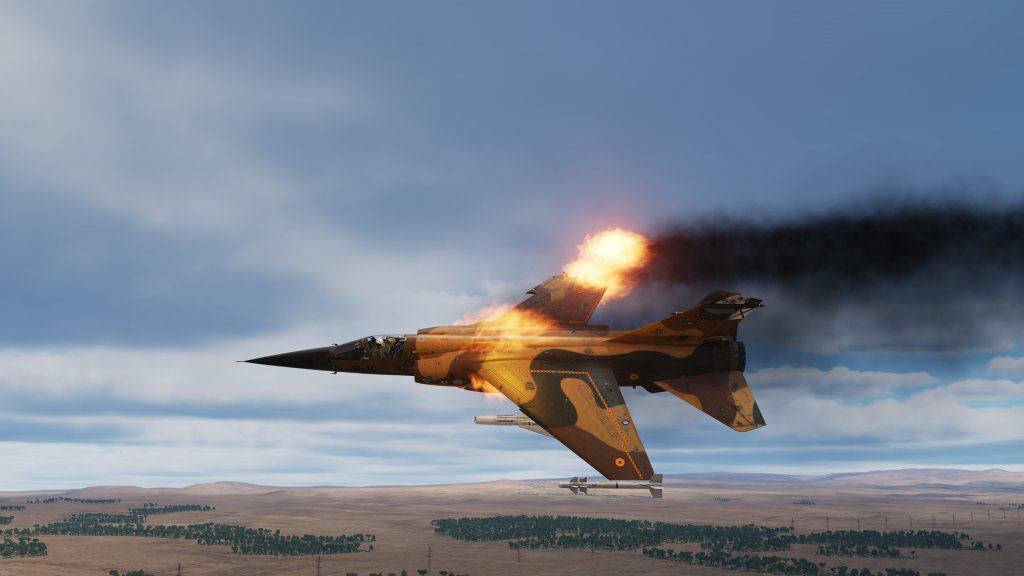
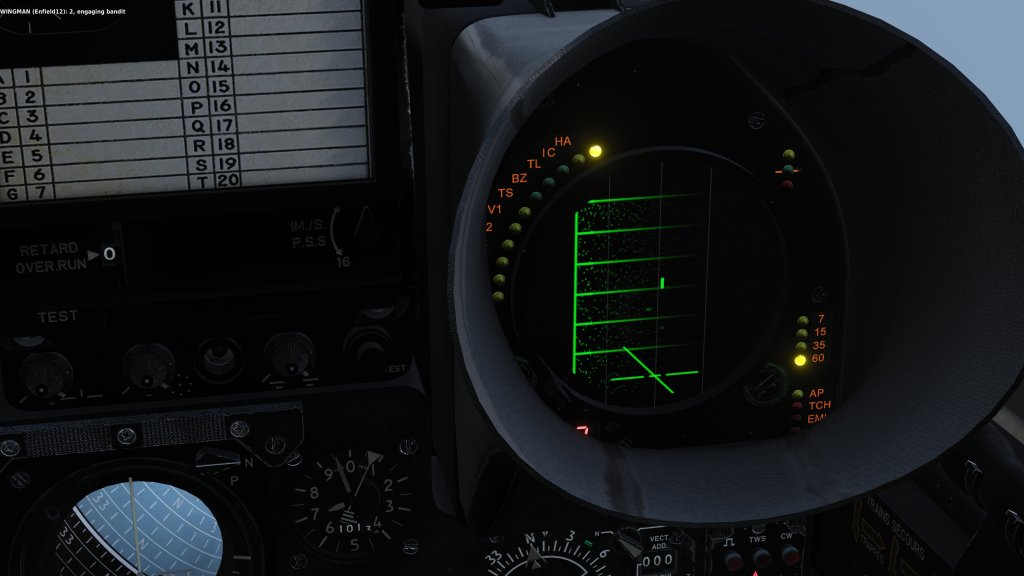


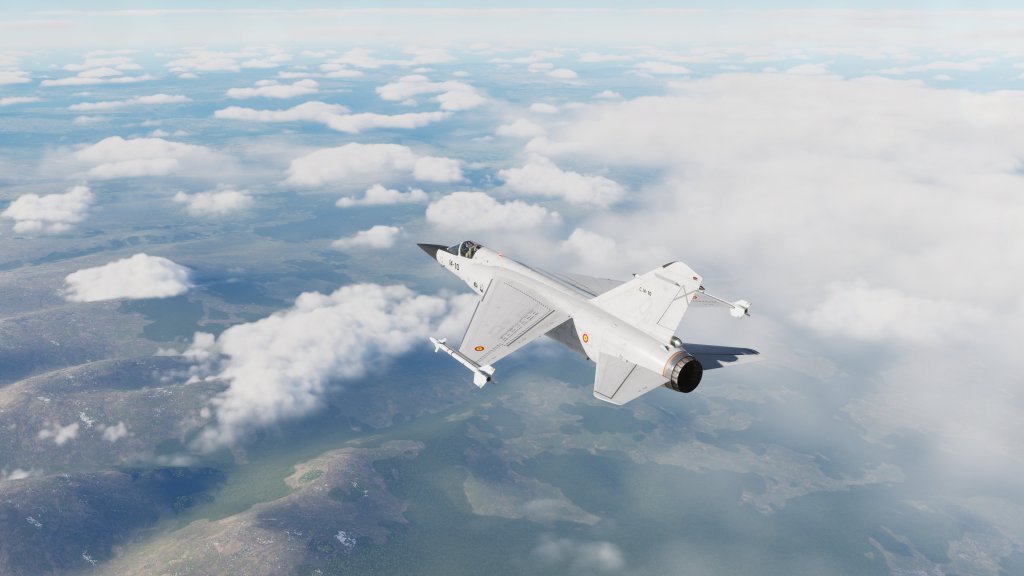








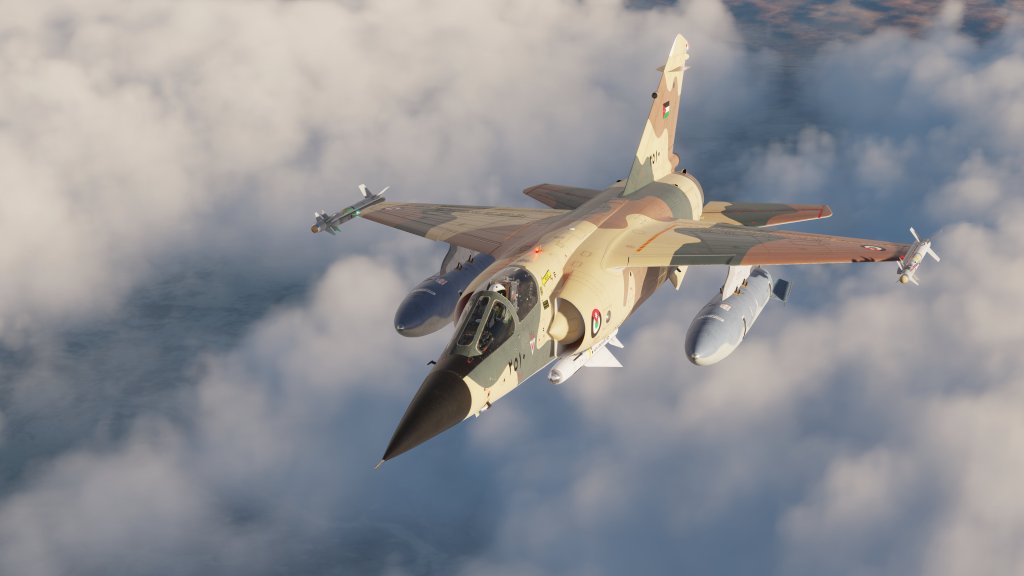






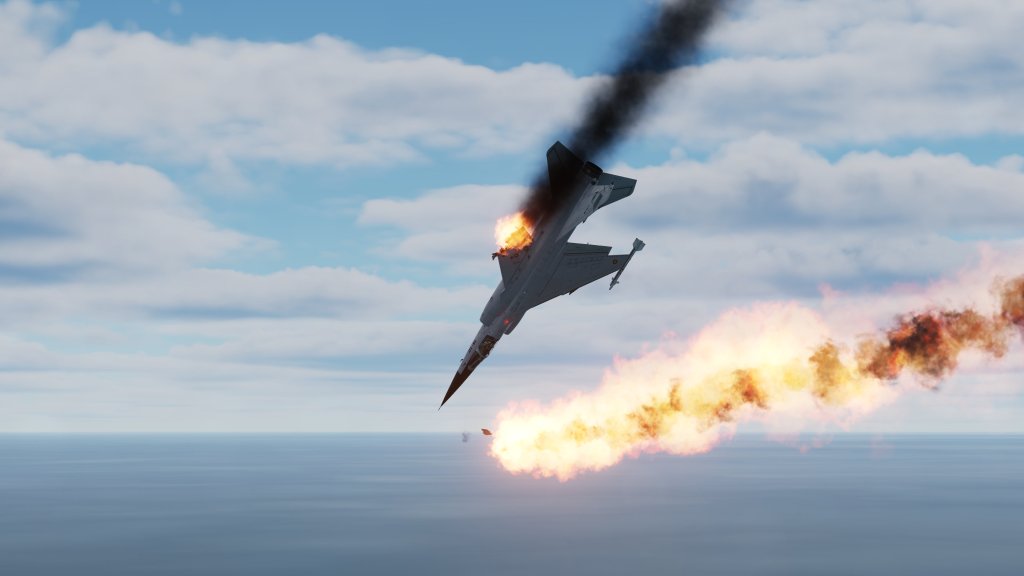





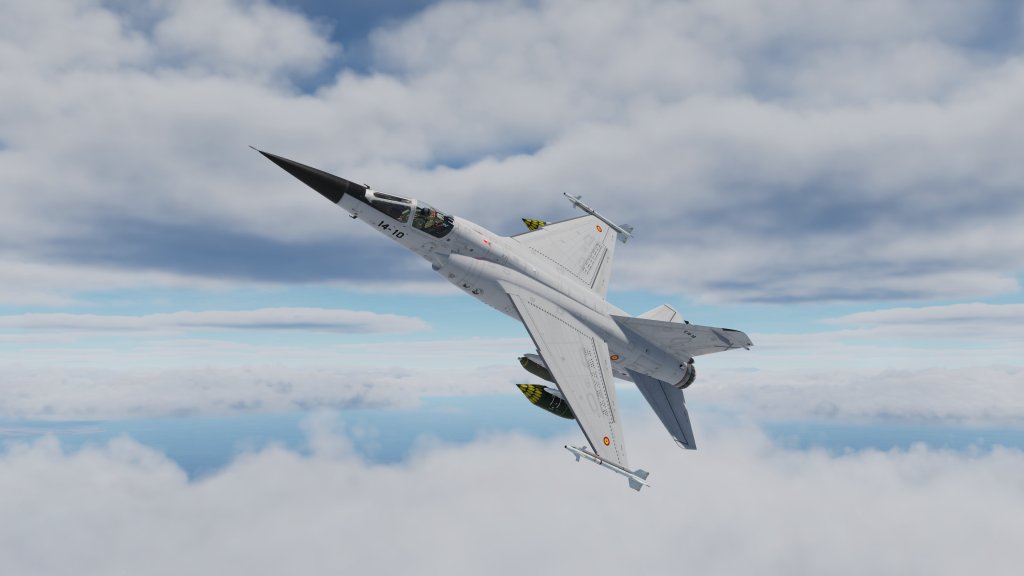





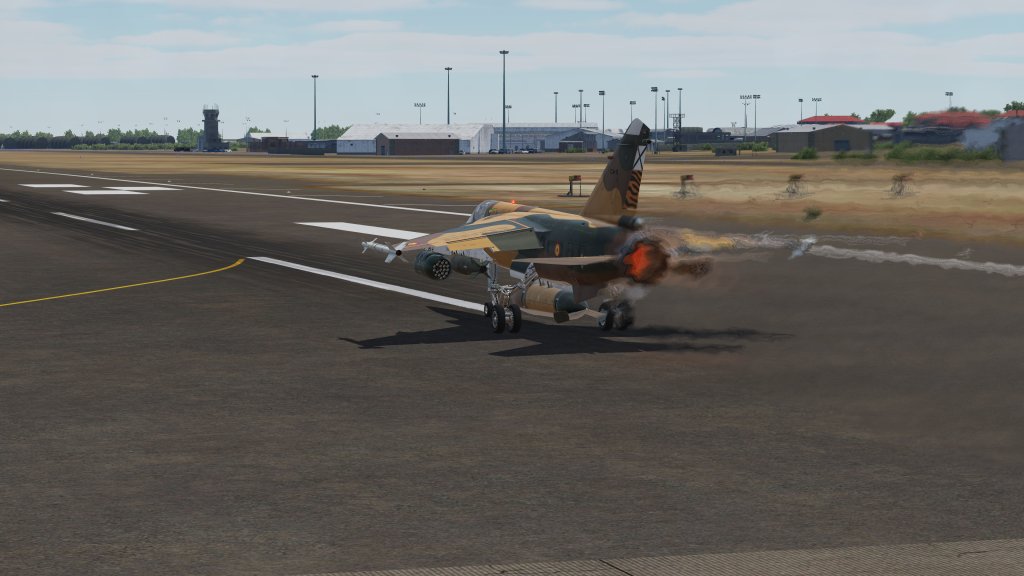

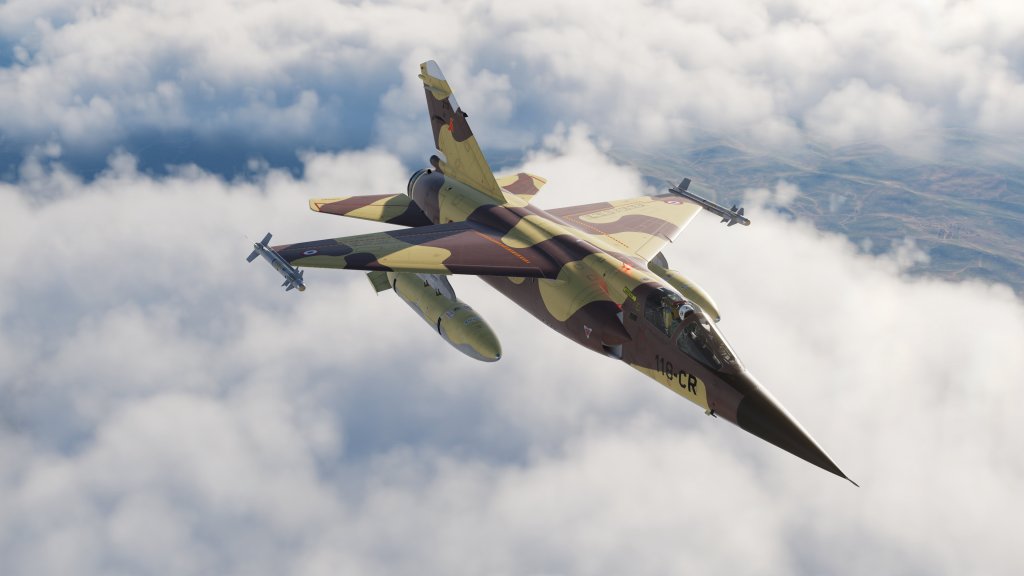
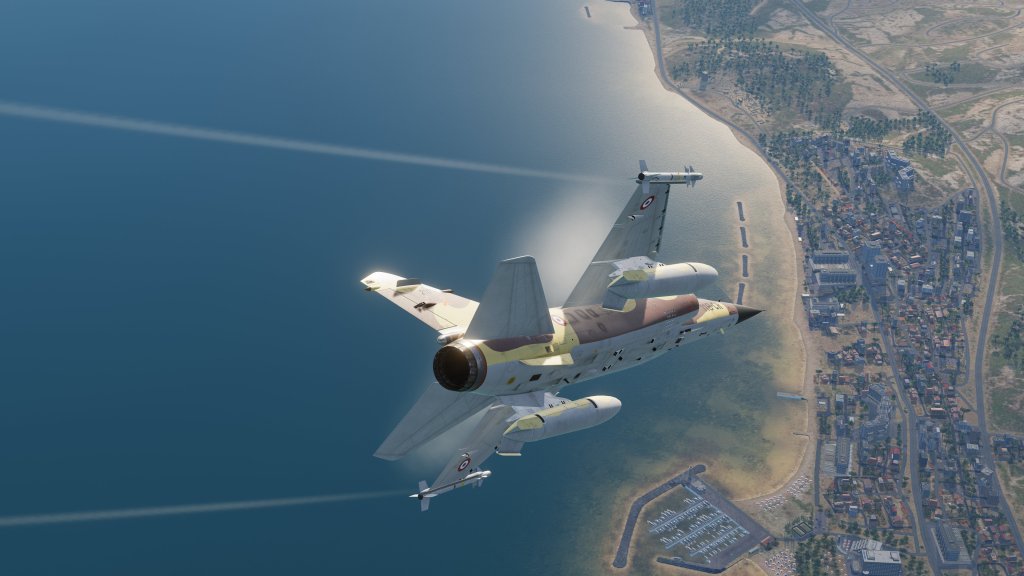
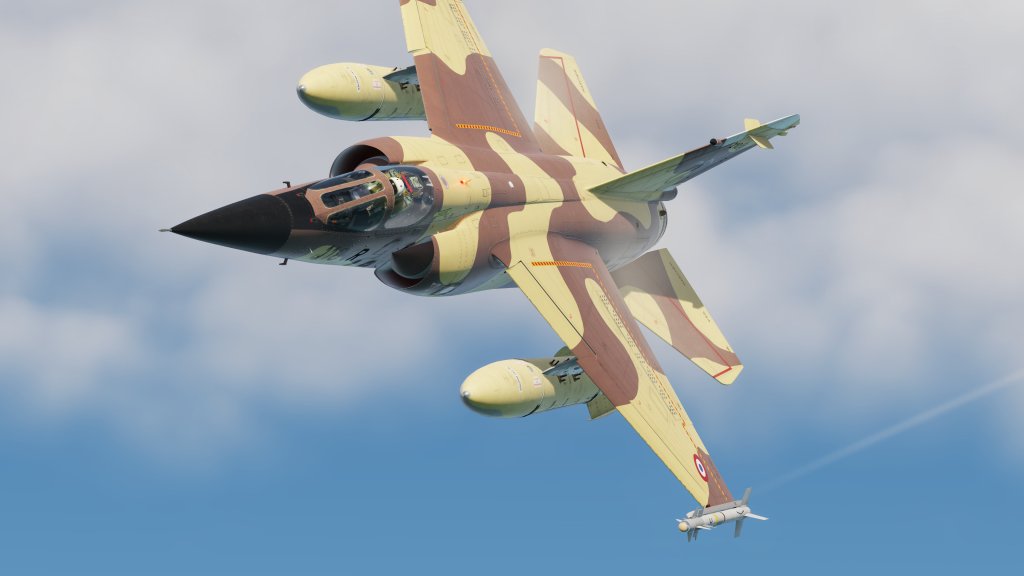
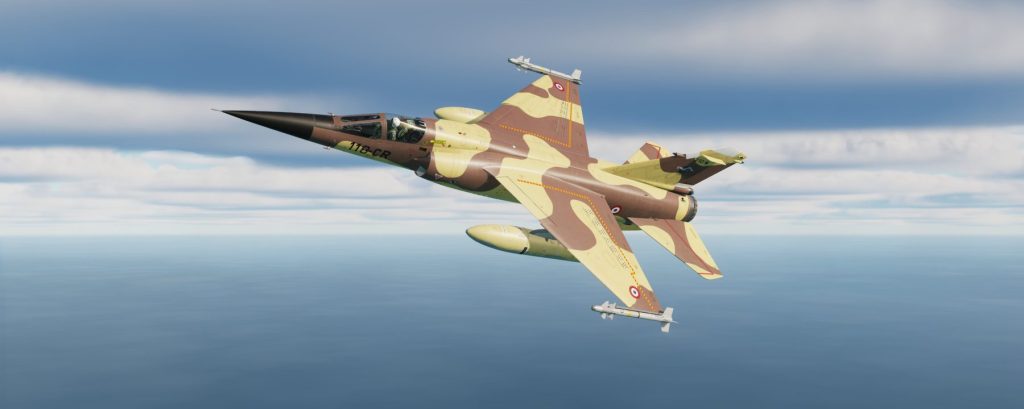
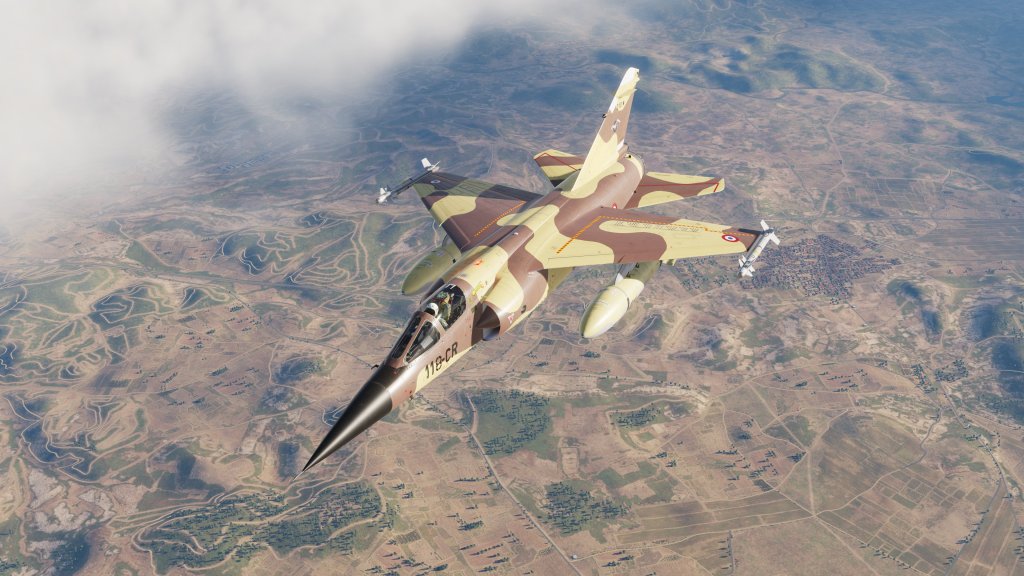
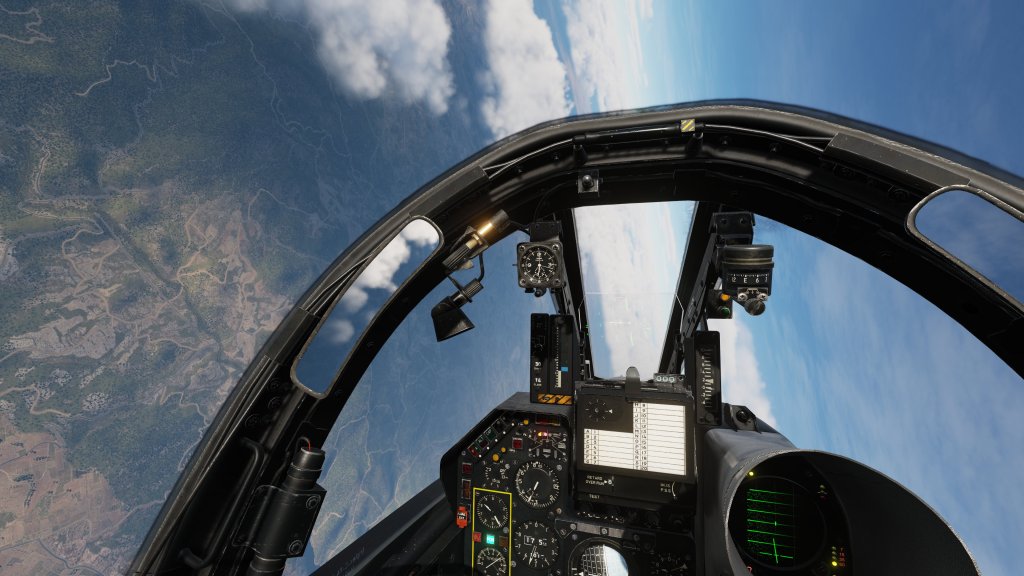

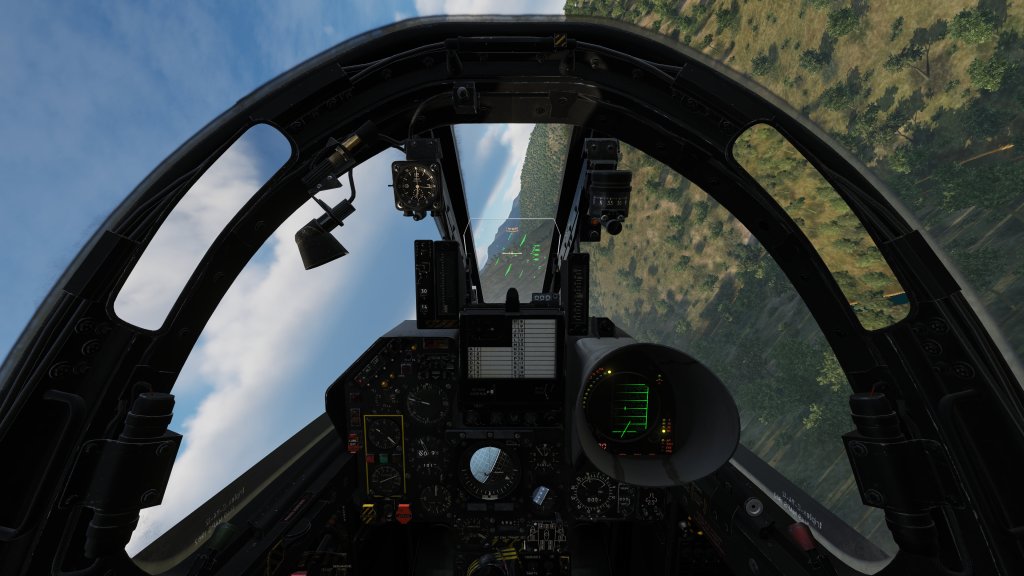
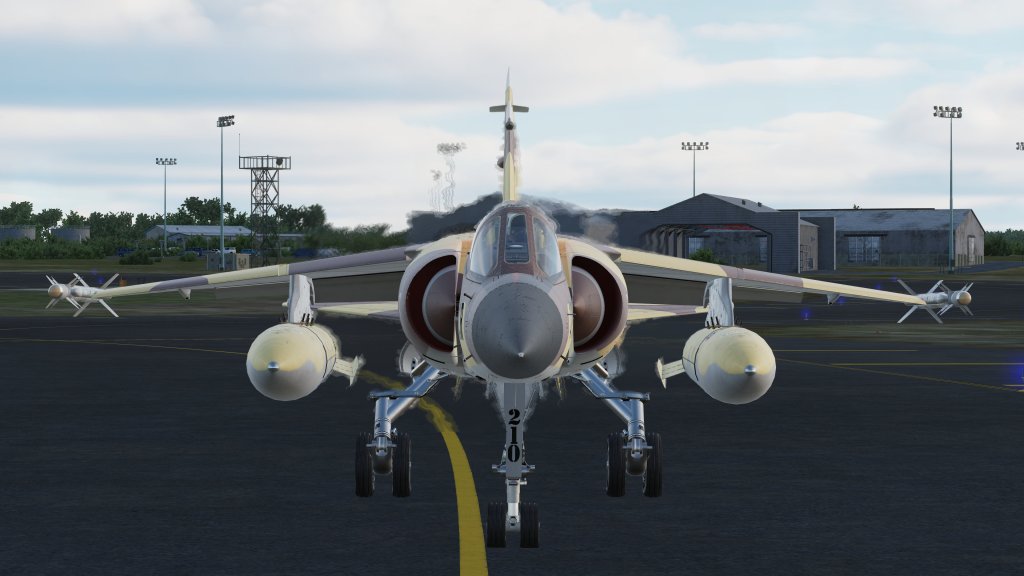



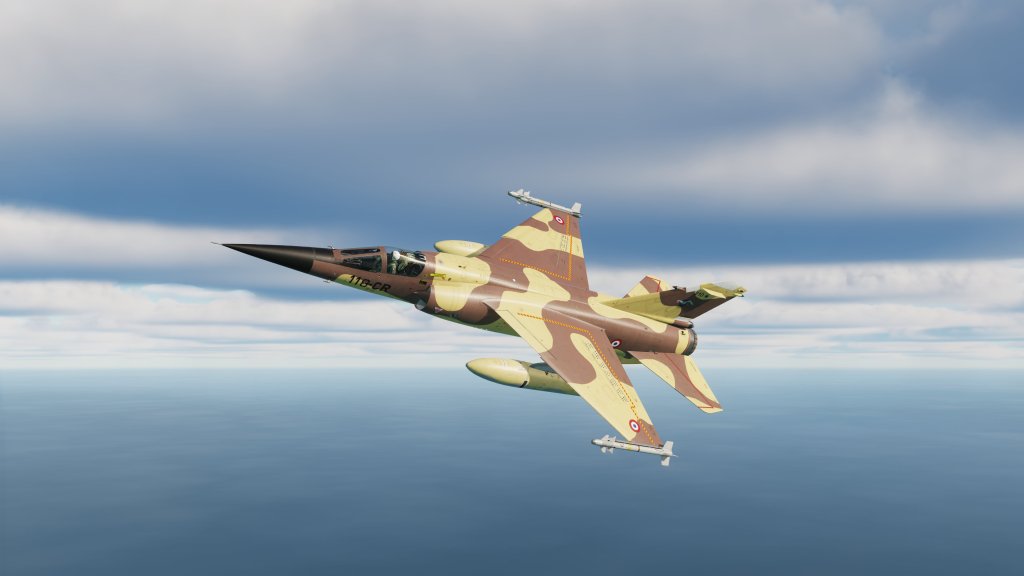





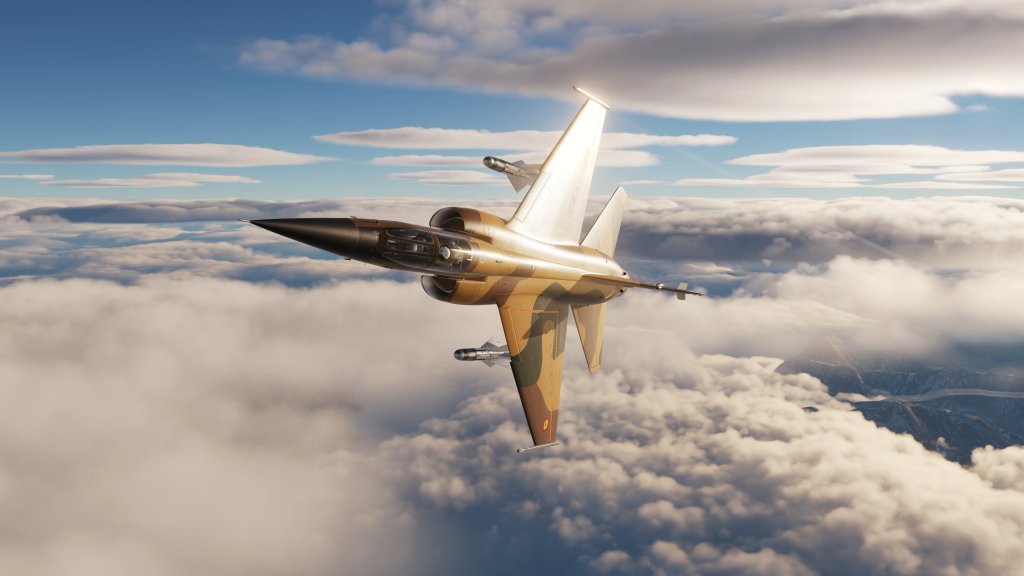








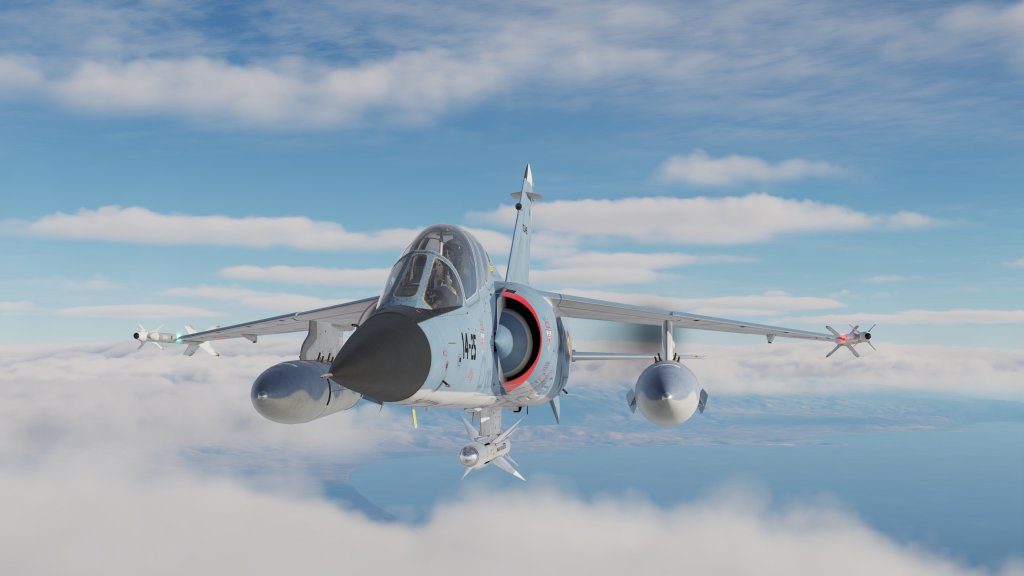



This review was edited on July 25th to correct some minor mistakes and omissions.

Good review. I’m not a Mirage guy, but you made the plane seem more interesting than any of the other reviews I’ve seen. When it hit the free trial, I’ll give ‘er a ride.
LikeLiked by 3 people
Thank you very much! Definitely worth checking out during the free trial!
LikeLike
I’m enjoying it a lot. The biggest issue I’ve noticed is that some of the increment binds do not work properly, they go full left or right instead of by step incremenents. I also had a weird issue where all my rockets would fire even though I was hitting the button to fire them, but that may have been something I did (they err set to single fire). Overall minor quibbles, I’m very happy with it.
LikeLiked by 1 person
Great review and I’ve been loving it as well. Feels different and unique from any other aircraft in the sim and performs / flys great
LikeLike